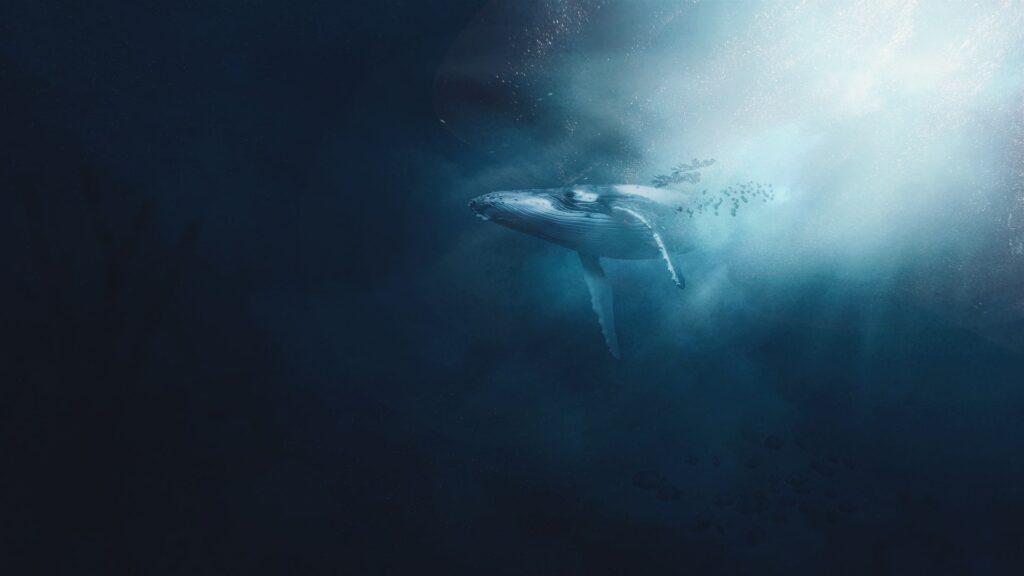There are thousands of kilometers of optical fibers connecting the continents at the bottom of the oceans, and every day the cables transmit many terabytes of data. However, since the operators are laying many cables virtually on stock in addition to the active lines, scientists are already exploring other applications. One Norwegian research team has now been able to use the cables, known as “dark fibers,” as antennas to search for whales.
What makes this possible is that bearded whales broadcast their famous songs at very low frequencies. Therefore, they can be heard over long distances and also vibrate the data cables on the seafloor. Sending light of a special wavelength through the unused optical fibers, researchers at the University of Trondheim were able to register these vibrations from the shore. The scientists presented their method in a recent paper in the journal Frontiers in Marine Science.
Their method of “Distributed Acoustic Sensing” – DAS for short – turned out to be amazingly effective. Not only could the research group distinguish between the different types of whale songs, they could also determine the position of the animals.
The technology is only made possible by tiny imperfections in the optical fibers that slow down the light signals. Using targeted interrogation, the researchers can, in a way, turn each section on a 120-kilometer-long fiber optic cable individually into an underwater listening station.
The method could help scientists discover the whales’ changing territories and routes. To create a global network, however, they need many more inactive submarine cables. Data volume is also a problem.
In even the limited test run, researchers needed to analyze seven terabytes of data per day to sort whale songs from the sounds of ship propellers and other underwater echoes. That might also benefit other research, such as detecting earthquakes.
